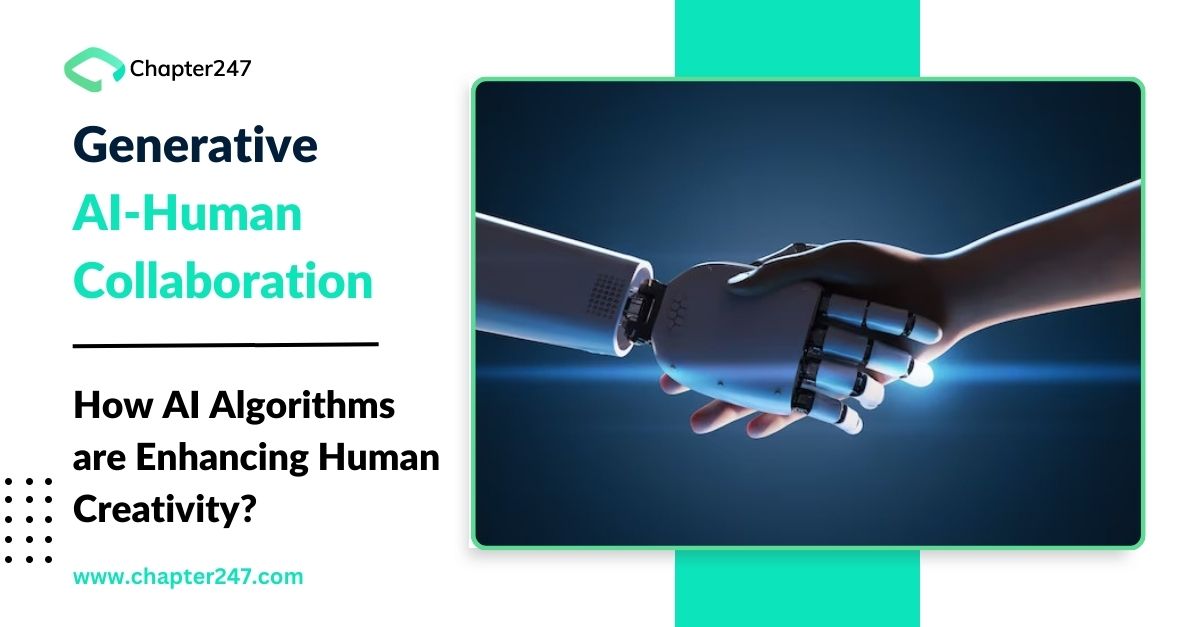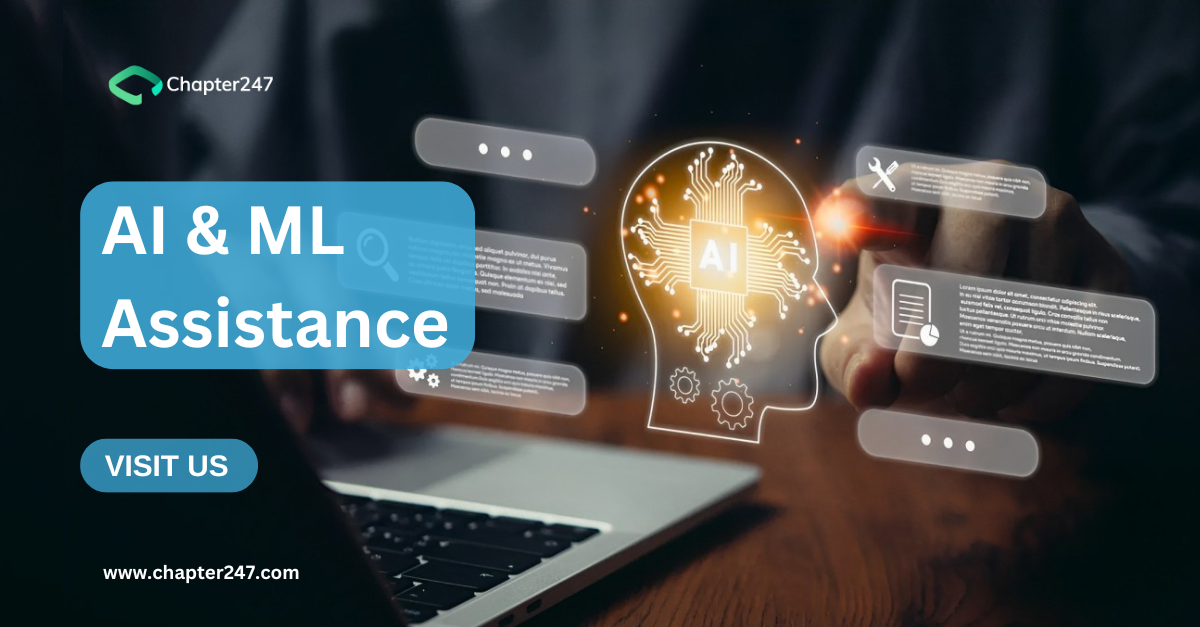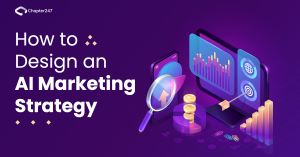The relationship between human creativity and artificial intelligence (AI) algorithms has become increasingly powerful in the rapidly changing field of technology. Artificial intelligence (AI) has enhanced human abilities and expanded the bounds of what is possible, far from displacing human inventiveness.
Here we will discuss how generative AI and human creativity work together in this blog, looking at how these technologies are changing industries and opening up new creative outlets.
Understanding Generative Artificial Intelligence(AI)
Machine learning, a branch of artificial intelligence that enables machines to pick up knowledge and grow through practice, is the foundation of generative AI. In contrast to conventional rule-based systems, generative AI may generate new data, mimic existing patterns, and create opinions with no explicit programming. Neural networks, which are intricate networks of interconnected nodes modeled after the human brain, are the engine driving this technology.
The training procedure of generative AI is the secret to its power. The system is first given enormous volumes of various data that are pertinent to the activity at hand, which could be anything from developing music or art to making decisions in a certain field. The algorithm improves its understanding of the patterns, subtleties, and contextual relationships in the data through iterative learning.
Artificial intelligence (AI) and machine learning (ML) solutions are quickly changing the way content is created and considered, from offering fresh concepts to producing various versions of text, photos, videos, animations, and designs to choose from. Artificial intelligence (AI) tools are replacing laborious and repetitive work by gaining access to vast amounts of information and data, allowing human inventors to concentrate on more important areas.
Developing Creativity via Collaborative Creation
With the help of machine learning algorithms, generative AI enables human participation in co-creative processes. Large datasets are analyzed by these algorithms, which then use the patterns they find to produce original ideas or content. AI may be used by people as a tool for brainstorming and inspiration thanks to this cooperative approach.
For instance, artists might employ AI-generated suggestions as a starting point in creative domains like graphic design and music composition, which can lead to new ideas and push the boundaries of conventional artistic processes.
Increasing Productivity in Creative Processes
Workflow optimization is one of AI’s primary contributions to the creative domain. Data analysis and other repetitive chores can be handled by AI algorithms, freeing up human time and brain capacity for higher-order creative thought.
Professionals across a range of industries can now concentrate on the creative and strategic aspects of their work thanks to this efficiency increase, which ultimately quickens the speed of innovation.
Customization & Personalized Experiences
Because of its exceptional ability to comprehend unique preferences and behaviors, generative AI makes it possible to create highly personalized experiences.
AI systems evaluate user data in industries like marketing and content production to provide recommendations, ads, and material that is specifically targeted to the user. Besides increasing user engagement, this customisation gives creatives insightful data about audience preferences. inventive, creative
Using Diversity to Break Creative Barriers
Because AI algorithms are not constrained by the conventions of traditional creative thought, a wide range of concepts and approaches can be explored. Generative AI encourages a more diverse and inventive, creative environment by exposing producers to a wide range of influences and viewpoints.
AI-generated material can expose authors to new genres, cultural influences, and artistic techniques, fostering a richer tapestry of creative expression, whether in the visual arts, music, or writing.
Breaking Through Creative Blocks and Sparking Originality
Creative blocks are a typical problem for inventors and artists. When creators encounter obstacles, generative AI offers a solution by presenting fresh ideas and viewpoints.
AI algorithms can spark fresh ideas and renew the creative spark by evaluating previously created works and offering alternative methods. This cooperative method to problem-solving shows how AI may be a helpful collaborator in the creative process rather than taking the place of human innovation.
Human oversight and ethical considerations
It’s important to talk about the ethical issues that come up when we celebrate the partnership between artificial intelligence and human ingenuity.
Human supervision is necessary for the ethical application of AI in creative processes so that the produced material complies with social norms and ethical standards. Maintaining the originality and integrity of creative outputs requires finding a balance between human intuition and AI support.
Conclusion
Lastly, artificial intelligence has shown itself to be a revolutionary force in creativity. AI is changing the way we approach and nurture creativity. It does this by improving idea creation, encouraging collaborative environments, personalising creative experiences, overcoming obstacles, and improving learning journeys. Future innovations will be stitched together by the combined efforts of human and machine creativity, as we manage this interplay between creativity and AI.









